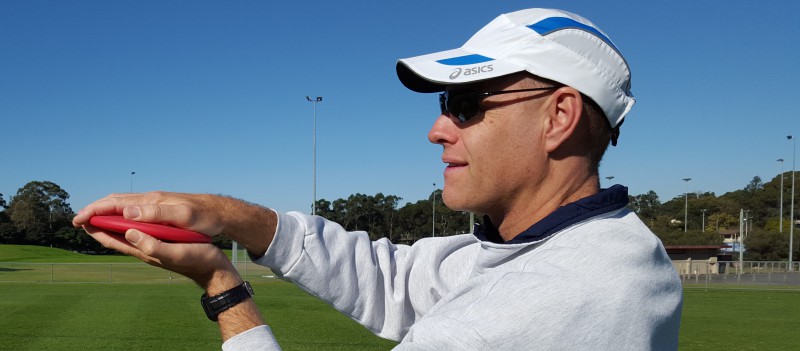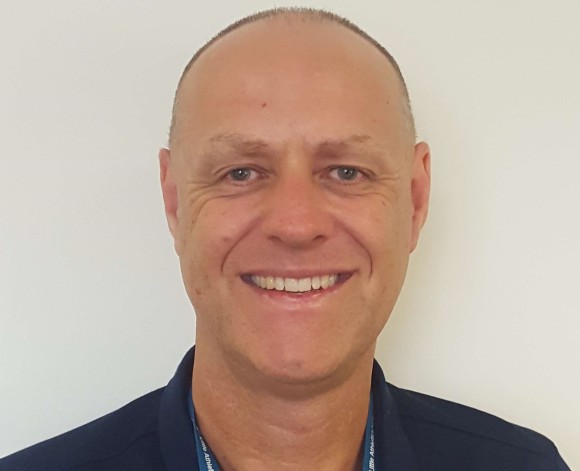A Sample Multi-Event Session Plan For Coaches Of Young Athletes
I believe that all young athletes, up to the age of 15 or 16, should be considered multi-event athletes.
The problem is that there are too few coaches who are prepared to offer multi-event coaching. This means that many young athletes miss out on the opportunity to develop as a multi-eventer or have to seek the services of several coaches to fulfil their needs, which can be prohibitive. Many people just don’t have the time or ability to access multiple coaches who can cover the various disciplines. Young athletes are therefore forced into specialising in a single event or event group.
I believe that the one coach should be able to fulfil a young athlete’s multi-event developmental needs. In fact, I believe that every coach of young athletes should be offering multi-event coaching.
Many people look at me incredulously when I state that I aim to include running, jumping and throwing into EVERY multi-event coaching session; like it just can’t be done. I don’t blame them for their doubt – not many coaches offer such sessions. I also suspect that many people think a multi-event coach somehow strings three “full” event sessions together to make some type of “super session” each time that they coach.
This is not the case.
A multi-event coach who works with kids needs to be prepared to coach “fragments” of events in each session, with the intent of these fragments coming together over many sessions like a jigsaw to make the full picture.
As an example, below is a summary of a session that I ran with a group of 12-15 year-olds. Hopefully it demonstrates that multi-event coaching can be achieved by one coach within the one session.
Context
Firstly, it is worth putting the session into context:
- This was the first session of the new summer track and field season with a new group.
- Being early in the season. the session features broad skills, with the aim of getting more specific as the season progresses.
- The athletes were all aged 12-15 years.
- The session lasted approximately 80 minutes.
NOTE: The session outline is in an abbreviated form only. The aim of this article is to provide a broad session summary that demonstrates the session structure and an overview of the content. Please contact me if you require a more detailed explanation of any of the activities.
1. Warm Up
Frisbee Jog
General warm up jog throwing around a frisbee x 2-3 minutes
Rope Skipping
Individual ropes for each athlete.
- Skipping on the spot with rope rotating forwards, then backwards.
- Rope skipping while travelling forward, backward and sideways.
Various Warm Up Activities
- 20m jog forward
- 20m jog backward
- 20m skip forward
- 20m skip backward
- 20m skip forward, arms rotating forward
- 20m skip backward, arms rotating backward
- 20m side-step right foot lead; arms swinging up to sides
- 20m side-step left foot lead, arms swinging up to sides
- 10m high knee walk, pulling knee toward chest
- 10m high knee walk with external rotation
- 10m walking quad stretch, pulling heel to butt
- 20m high knee butt kicks
- 20m high knee skips
- Leg swings
- Straight leg skips
- 20m backward run
Pool Noodle Foot Fencing
Complete the warm-up on a fun note. Work on agility, balance, reaction time and coordination.
Athletes use a half-length pool noodle. The aim is to tag opponent’s feet with pool noodle.
2. Hurdles
Lead & Trail Leg Drills
Introduction to hurdle clearance technique.
- Lead leg march past 4 hurdles x 3-4 each side
- Trail leg step past 4 hurdles x 3-4 each side
Mini Hurdle Quick Steps
Introduction to clearing barriers without slowing/hesitating.
- Run 20m, stepping over 5 mini hurdles placed at random distances x 3
- Move hurdles to new random distances; repeat x 3
3. Acceleration
Work on being quick off the mark and driving towards a close target.
Athletes form pairs. One athlete holds a half-length pool noodle in an upright position a few metres in front of their partner. On a 3-2-1 countdown the athlete releases the pool noodle. Their partner sprints forward from a standing start position in an attempt to catch the noodle before it falls to the ground.
4. Jumping
Work on general jumping skills and explosive power.
Standing Long Jumps
4 x standing long jumps into sand pit, aiming to clear a line drawn in the sand.
Standing Triple Jumps
4 x standing triple jumps into sand pit, aiming for a rhythmic pattern.
5. Throwing
Work on general throwing movements and explosive power.
Chest Push
Explosive chest pushes of 1kg, then 2kg medicine ball to partner.
Overhead Throw
Explosive overhead throws with 1kg, then 2kg medicine ball.
6. Strength
Whole body strength developing activities.
Inchworm
Start in a push-up position. Walk feet as close to hands as possible, then walk hands out as far as possible from feet. Repeat over 10 metres.
Crab Walk
From a sitting position, lift the butt off the ground to support self on hands and feet. Walk along on hands and feet with the butt off the ground for 10 metres.
Alligator Crawl
Crawl on hands and feet while trying to keep the belly as close to the ground as possible for 10 metres.
7. Cool Down
Jog and stretch.
Final Word
Multi-event coaches must show restraint and patience. They need to realise that they can’t teach everything they know in one session. They must have a long-term plan in mind and always be thinking ahead, knowing that what they are coaching today is setting up and linking to what the athlete will be doing in the future.
I would love to hear from you!
Do you agree that all young athletes should be treated as multi-eventers? Should all coaches of young athletes offer multi-event training? What is your experience with multi-event coaching? Let me know by leaving a reply/comment or by using the contact details below.
Further reading
I highly recommend that this article be read in conjunction with the following posts:
Why All Young Athletes Need a Multi-Event Base
Tips for Training as a Multi-Event Athlete
For Best Results When Should Young Athletes Specialise?
If this post helped you please take a moment to help others by sharing it on social media. If you want to learn more I encourage you to leave questions and comments or contact me directly.
Darren Wensor is a sports development professional, coach educator, specialist coach of young athletes, and founder of the blog coachingyoungathletes.com. Learn more about him here and connect with him on Twitter, Facebook, Linkedin, or via email. Check out Coaching Young Athletes on YouTube, the Coaching Young Athletes podcast, and the Coaching Young Athletes E-Book Series.

